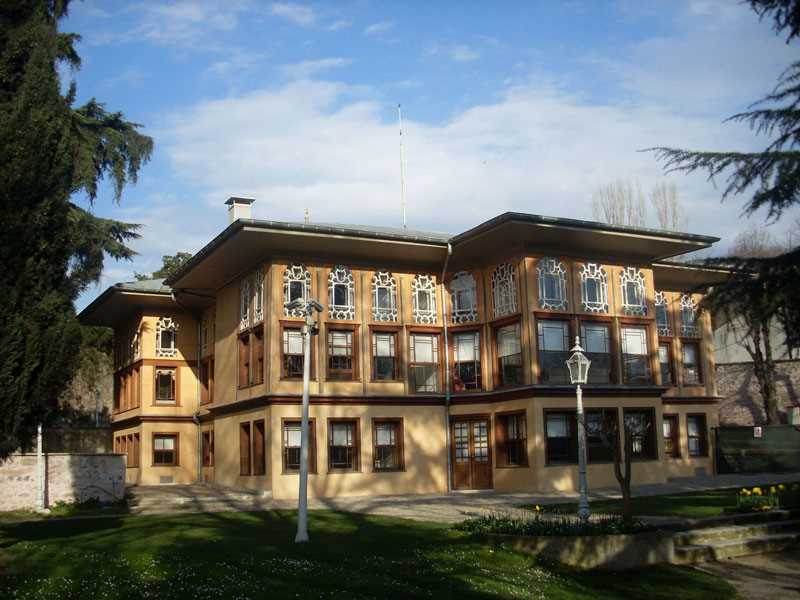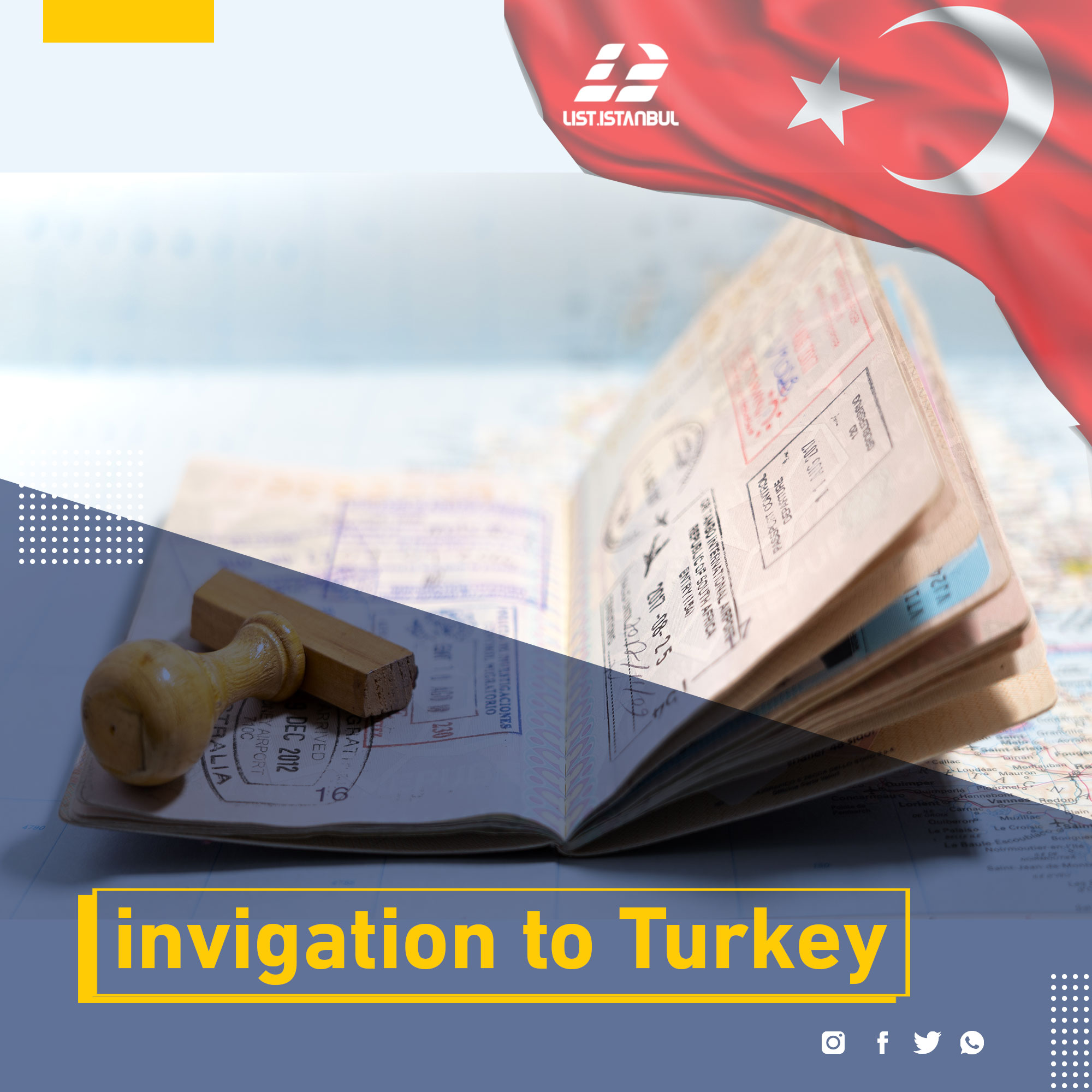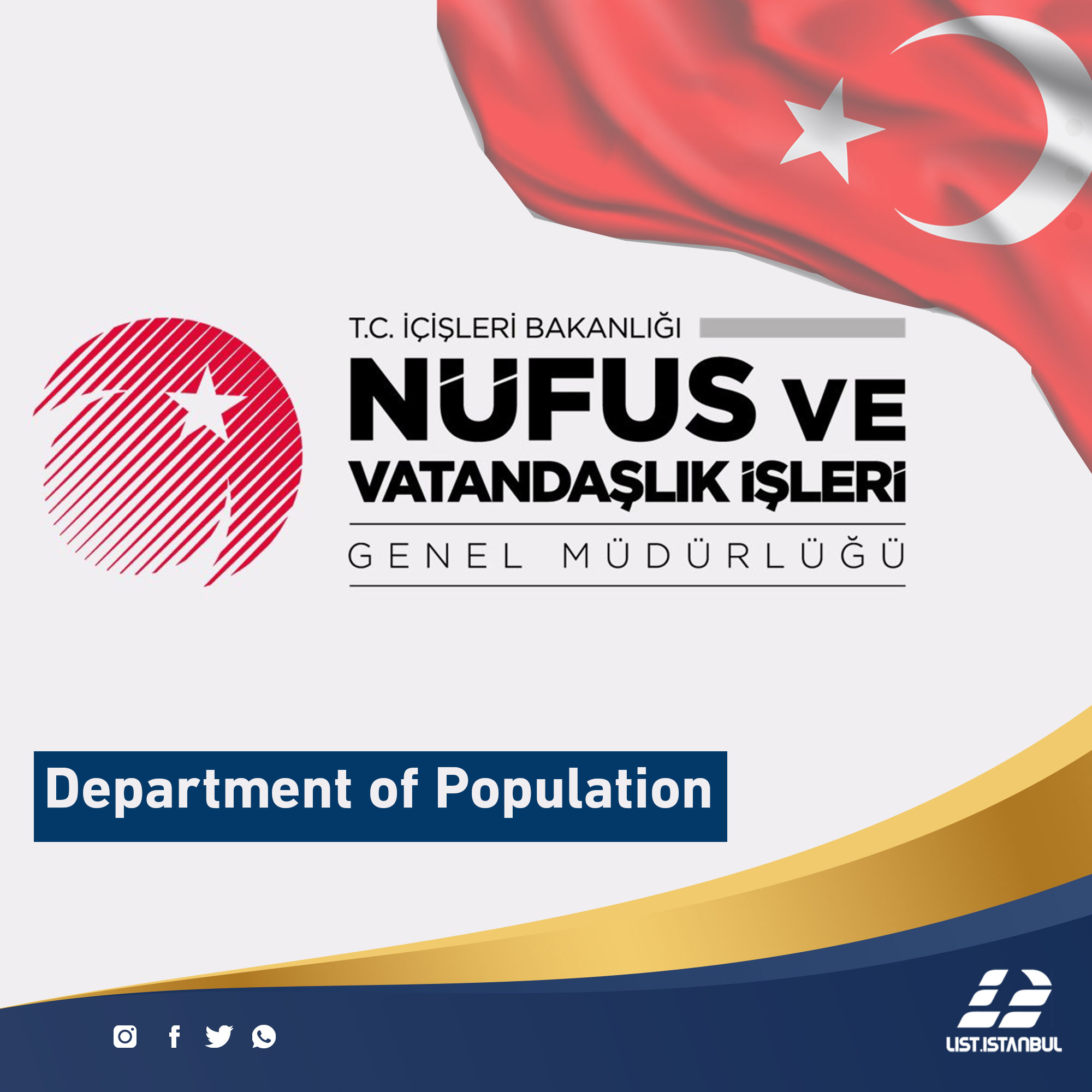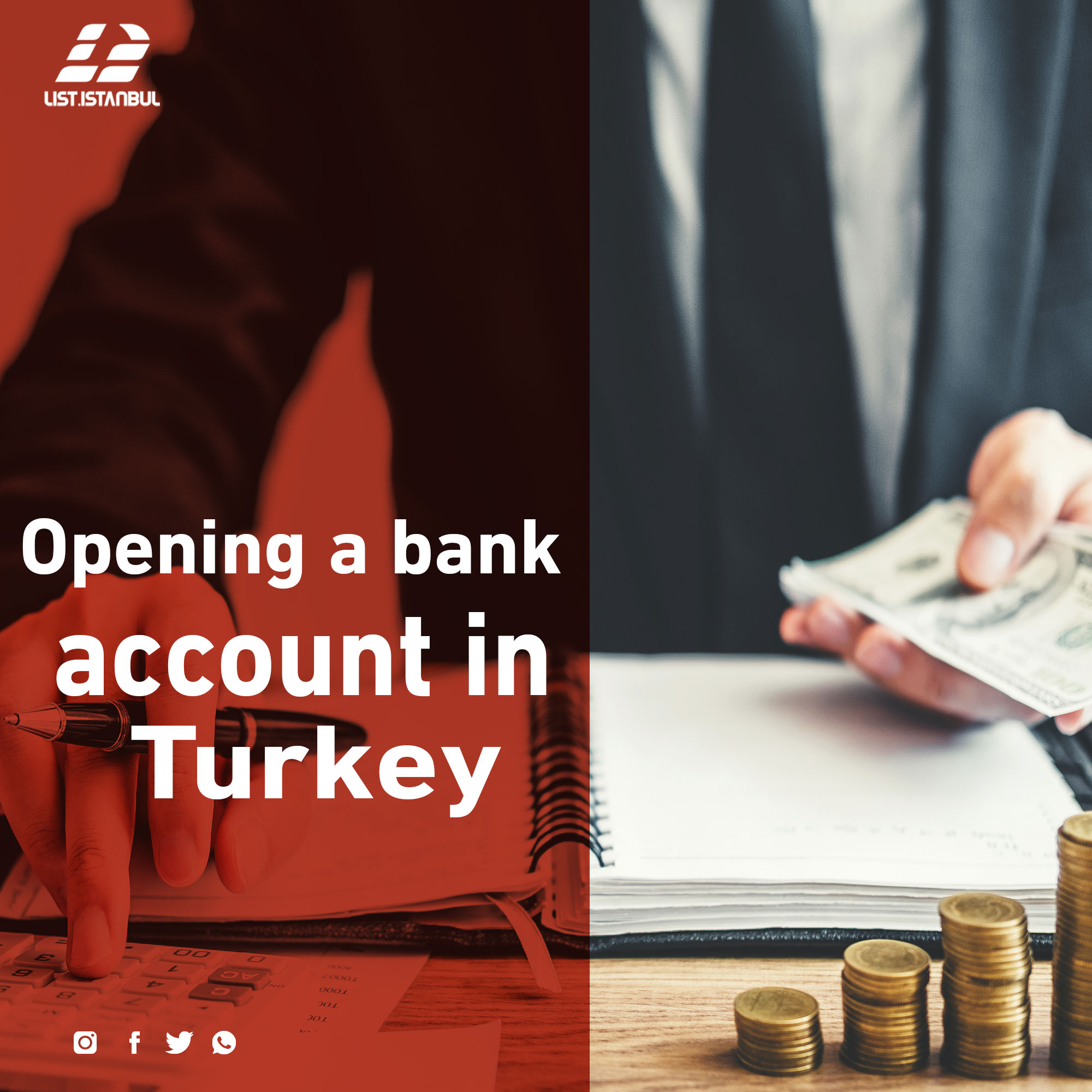The first palace in which Sultan Muhammad the Conqueror lived after the conquest of Constantinople. The Ainali Kwak Palace is located on the Mediterranean coast in the Hasköy region of the Bioglu region in the European section of Istanbul.
The history of the building of the palace is not known, but according to the historian Olia Shalabi, it was built during the reign of Sultan Mohamed the conqueror after the conquest of Constantinople to be settled before the construction of the Top Capi Palace and to be a palace for the sons of Bani Osman. According to other sources, the palace of Ainali Kwak was built in 1613 by the commander of the Turkish navy fleet, Khalil Pasha.
The name of the palace in this name, which means poplar trees with mirrors, goes back to the trees in the palace garden and the poplar mirrors that the Fendic gave to Sultan Ahmed III following the Treaty of Pasarovja, whereby the Mora region was abandoned to the Turks. The palace was built on a sloping ground and decorated with various types of trees.
The entrance to the palace through Veranda to a large salon on the edges of the three Sovat brushes of silk and in the walls writings with golden lines on the basis of blue and these writings are verses of poetry belonging to Sultan Salim III. This salon is open with decorative windows to the garden from 3 directions. The roof was covered with a dome and in the 19th century it was named after the private garden. The building was restored by Kirk Balian during the reign of Sultan Mahmud II.
The palace of Ainali Kwak was used for celebrations and events during the period of the lila (the period of the lavender), the period that the Ottoman Empire passed since the Treaty of Pasarovja, which was signed between the Ottoman Empire and Austria in 1718 and continued until the rebellion of Batrona Khalil in 1730. On January 9, 1784, the Treaty of Aynaly Kwak was signed between the Ottoman Empire and the Russians during the reign of Sultan Abdul Hamid I.
At the bottom of the palace there is now a museum of Turkish musical instruments and a music research center, sometimes with classical concerts.








